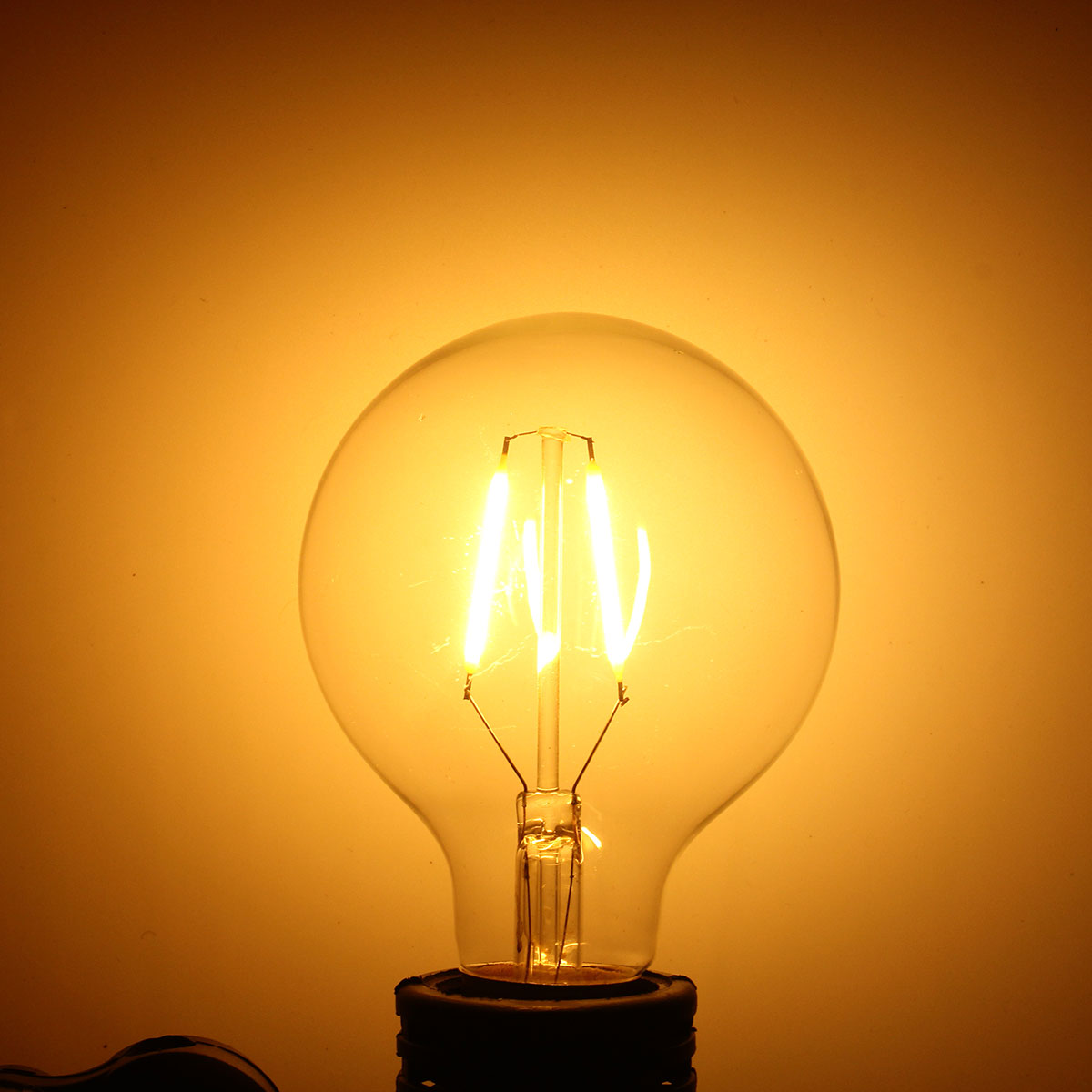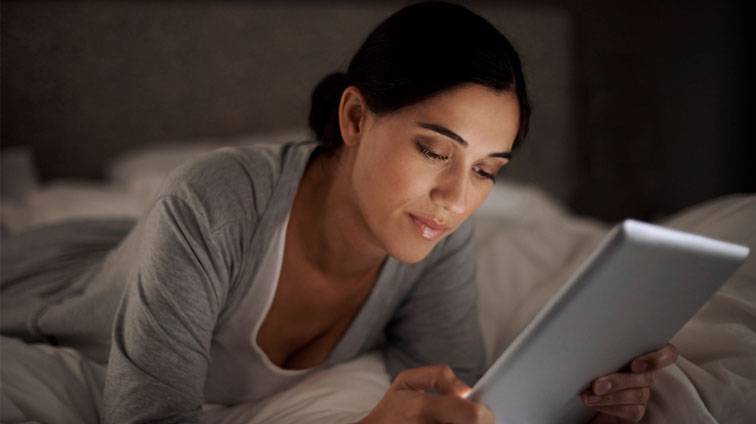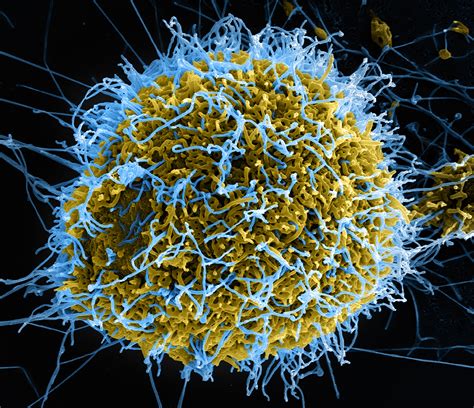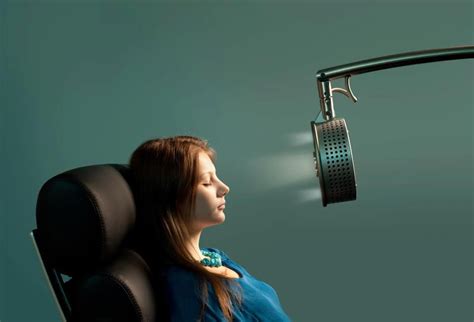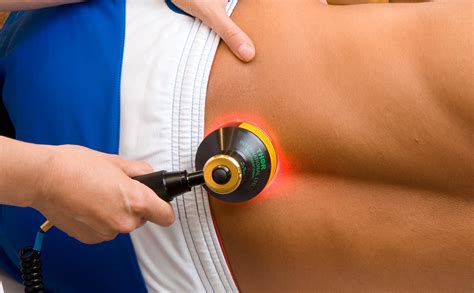Ep. 003 Change Your Houselights for Better Sleep

How To Reduce Anxiety & Insomnia by Changing Your House Lights, with Maniisha Bluntschli
Today’s Guest
Maniisha Bluntschli, host of the Limbic Light Podcast, researcher and educator of light therapeutics presents on a topic which affects a huge proportion of our population – anxiety and insomnia.
Through Maniisha’s excess of 35 years clinical experience as an acupuncturist and natural health therapist, she developed a keen interest in the use of light and energy based therapies to affect biological and mind health.
In this episode, she explores the topic of how common day lights in our homes and on our smart devices may be contributing to brain changes, which ultimately lead to poor sleep and anxious moods.
You’ll Learn
- The effect that light has on your brain.
- The most important wavelengths to receive for turning on healthy brain hormones.
- How to get these wavelengths of light.
- Which lights are particularly harmful and to avoid
- The better light choices to make to reduce anxiety and improve sleep quality.
Key Notes
- (1:04) Seventy percent of info to brain comes from visual stimulus.
- (1:26) Light is now known to have a non-optic pathways in brain, as well as an optic pathway. This means that light travels not only to the visual part of the brain but other important areas like the hypothalamus and limbic brain.
- (2:11) The hypothalamus is considered the ‘brain of the brain’ and is one step ‘higher’ than the pituitary gland. So its a master hormone regular.
- (3:25) An area of science called chronobiology is emerging very quickly now. Its devoted to the study of how light affects our body, our biology, our sleep / wake patterns and also our moods.
- (4:25) Different wavelengths of light have specific effects on certain parts of the body. Near infra red light switches on receptors in the brain that help produce melatonin, seratonin and dopamine.
- (5:20) Melatonin is responsible for helping us sleep at night and also plays a role in helping our immunity.
- (6:00) Seratonin converts in to melatonin. Its associated with its ability to help lift us out of depressive moods.
- (6:28) Dopamine is now being recognised as being important in helping anxiety and depression.
- (7:15) Ultra Violet B light is present in miday blue sky time shuts down the hormonal production of these brain hormones.
- (7:50) UV B will also activate our Vitamin D, so it becomes ‘sulphated’ and usable for our immune system. Supplements of Vitamin D are not enough to stimulate the immune system.
- (8:40) Sunlight is the ‘perfect’ light to enhance our biology.
- (9:28) The timing of receiving these different wavelengths of sunlight is even more important in helping our biology.
- (10:21) Bright blue light in midday makes us feel energised, alert and awake.
- (10:30) Studies show clear correlations between increased sunlight exposure to lower levels of depression and suicide, and visa versa.
- (11:28) Artificial lights also affect our mood health.
- (12:07) Quality of light is important in determining our brain state. Flicker in lights can be used to change brainwave states. Flicker can cause epileptic fits. Slow flicker can casue people to go into a type of hypnosis, or sleepiness.
- (15:05) Pulsed lights can be used as a form of brain therapy – called brain entrainment.
- (16:30) Irregular flicker from artificial lights makes chaotic brainwaves. This causes irritability and stress.
- (18:14) Many house lights will flicker so fast, the eyes won’t register the fast flicker above 40 cycles per second. But our brains and cells will still register this frequency.
- (19:25) Mitochondria are vital to our cellular biology. They create our body energy. They are very sensitive to environmental stressors, like irregular light flicker. This will casue tiredness and poor mitochondrial functioning.
- (22:15) Three major things to look for in our house lights –the wavelengths coming from the light, the timing of the wavelengths (are they synchronised with our natural biological rhythms?) and thirdly, the amount of flicker.
- (23:25) To help our sleep, we need near infra red and red wavelengths mostly at night, dim lights and no bright (especially bright blue) lights at night.
- (26:45) Amount of flicker of lights can be measured by a light meter. Computer screens and fluorescent lights put out a lot of flicker.
- (28:26) One of the most common forms of lighting are compact fluorescent globes which are very unhealthy due to their lacking red and nearinfra red wavelengths, their release of mercury vapours and very high dirty flicker levels.
- (31:18) LEDs are very popular lights as they are energy efficient. They are digital, have flicker and usually have very high spikes in blue wavelength. These are not optimal as they lack in the reds and nearinfrareds, which we need at night.
- (34:15) Computer and mobile phone screens flicker and also have high blue wavelengths. These are particularly harmful for insomnia, anxiety and tension if we use them excessively at night, or very early in morning.
- (35:50) The best forms of lighting are halogens or incandescent lights. These put out a decent amount of red and nearinfra red wavelengths.
- (37:47) The healthiest form of light is fire and candle lights as they are so high in the infrared and red wavelengths.
- (38:35) In summary the top tips are, use sunlight instead of artificial lighting where possible. Use early morning sunrise and evening sunlight. Remove all fluorescent light globes. Remove LED lights. Source incandescent or halogen lights. Chose low intensity lighting at night. Use red light globes or Himalayan salt lamps for night time. Avoid screens before 8 am or after 8 pm. If necessary to use screens, get apps to reduce intensity and blue light on screens. And use blue blocking glasses to wear at night. Remove light from bedroom at night.
- (45:40) Sleep is essential for better moods, better energy and health. So do everything with your lights to improve your quality of sleep.
Listen to Podcast
Links & Resources
Flicker Meter – The Light Bee
Apps to reduce blue and intensity for screens – www.f.lux.com or www.iristech.co
Blue blocking glasses – www.blueblox.com
Receive News
Yes, please keep me informed of new news, podcasts, developments in the field of light therapy
